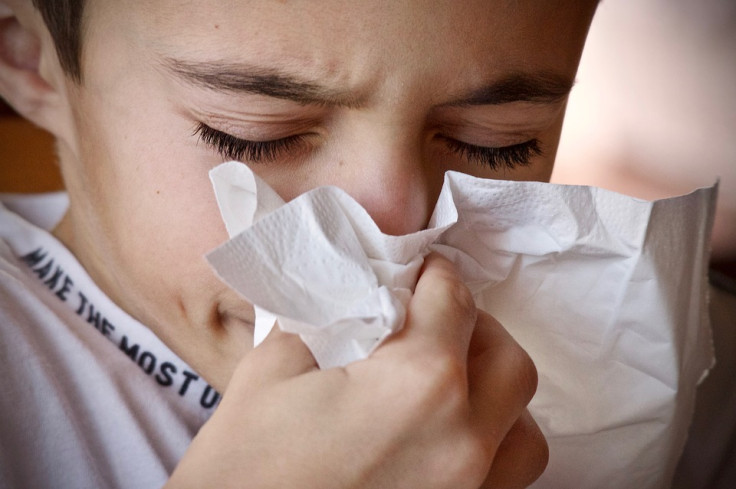Your teeth can reveal whether you are a 'superspreader' or not
Two notable features of superspreaders include having a full set of teeth or having a stopped-up nose.
Scientists would define superspreaders as those who have a very high potential of spreading viruses. But did you know that researchers have uncovered the physiological characteristics of a person that could make him turn into a superspreader?
"A study of fluid dynamics and human physiology factors driving droplet dispersion from a human sneeze" published in the journal Physics of Fluids, showed that there are certain physical features, which could indicate whether a person can be considered as a superspreader of a virus like the one that causes COVID-19.
Researchers from the Department of Mechanical and Aerospace Engineering from the University of Central Florida, utilised computer-generated models that numerically simulated a sneeze. The researchers modeled different types of individuals so that they would be able to associate the physiological features of a person with how far the sneeze droplets could travel in the air. They also measured how long the droplets would be lingering in the air. Surprisingly, two notable features of superspreaders include a full set of teeth and having a stopped-up nose.
Michael Kinzel, co-author and an assistant professor at the Department of Mechanical Engineering at UCF, stated that their study was the first which sought to understand how far a sneeze travels and understanding why.
Kinzel explained that the body has "influencers" too when it comes to the body processes. One example is sneezing with a clear nose. Having a clear nose means providing an additional exit for the sneeze aside from the mouth. However, when the nose is congested, the exit through the nose would also be restricted, thereby causing the sneeze to increase in velocity as it exits through the mouth. Kinzel said that the teeth create a narrowing effect, which makes the jet from the sneeze stronger and more turbulent.
The researchers, to determine the physiology of a possible superspreader, tested four types of persons using numerical simulations and 3D modeling. The persons they "tested" include an individual with a clear nose and teeth, an individual with a clear nose but no teeth, an individual with a congested nose but no teeth, and an individual with a congested nose but with teeth.
The researchers found that the spray distance of expelled droplets by an individual with teeth and congested nose was 60 percent higher. They suggest that a person who keeps his nose clear and would blow into a tissue would help reduce the distance that germs can travel.
© Copyright IBTimes 2025. All rights reserved.






















